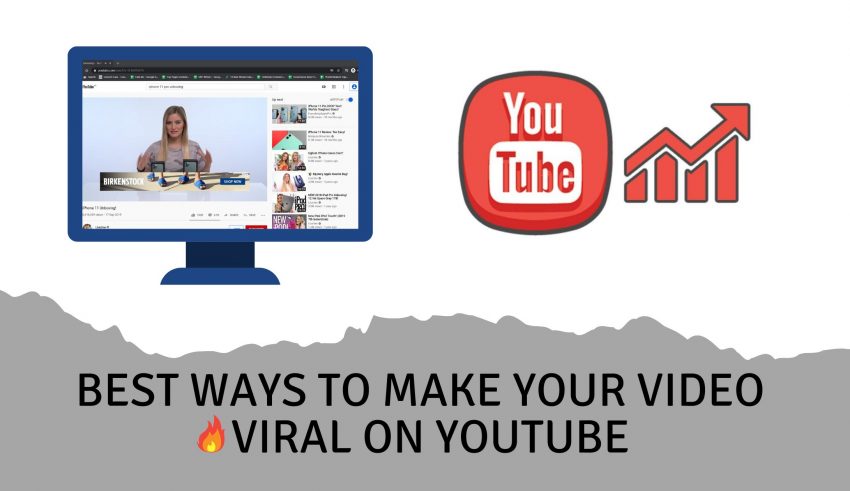
YouTube is an ever-evolving, all-seeing, extremely engaging, comment-intensive eye that makes us cocktail talk, “Hey, do you see the video on YouTube? “YouTube is the ruler of content networks and providing a good brand identity requires use images to add to the monarchy.
A YouTube video goes viral, every so often. Seek, you can’t push virality, as you may. The user produced is the nature of virality, transferred contagiously among video watchers. Every day more than one billion people watch more than hundreds of millions of hours of videos together, creating billions of Youtube views on the website based in 75 nations, accessible in 61 languages.
Users upload 300 hours of video per minute which ensures a lot of audiovisual noise. Getting discovered takes a specific skill-which is where the beauty of improving the search engine material falls in. It takes time to stand out but, with tips and techniques, that can be made simpler.
Following are the Best Steps to Make Your Video viral on Youtube:
Keyword Research
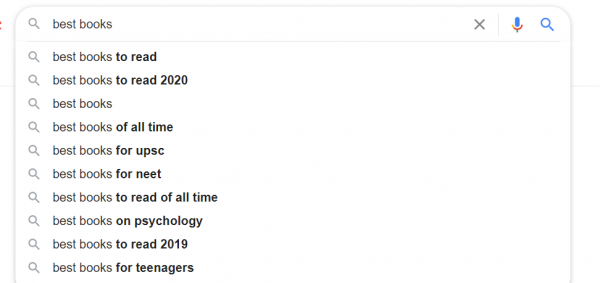
Check Out Keyword Research Tools
It might have been a while after the last academic study article. However, you can’t use guesswork to optimize your brand’s video.
Begin the inquiry by diving deep into keywords related to your company and industry. Rank Tracker, is an outstanding method for assessing the ability of keywords. Rank Tracker deals with individual YouTube URLs as names for the site. You will get specific details about the keywords for your YouTube videos in only a few moves.
Keywords and keyphrases can automatically create from the entered URL which can be inserted and removed from this document. Pick YouTube from the search engine list (separated by nation into folders).
The project will run, data will be collected (with a solid internet connection, this is super fast), and then click Finish to view the results. This is what it means!
Optimize File Name
Bear in mind that whilst the YouTube site is also beautiful, keywords and phrases can not be searched through audio inside a picture. You need to do the job yourself, connecting it to the material that accompanies the video.
One can not stress enough the importance of optimizing the title. Like Google, YouTube uses ranking to assess the videos appear on the results page of the search engine (SERP):
Before posting a video to YouTube, an auto-generated title would usually contain anything like, “LSR354.mov.” Rename utilizing keywords that explain the video in terms identical to or less than a title. A post on how to cut a pumpkin, “carve-pumpkin-tutorial,” would be changed.
Use the Right Keywords
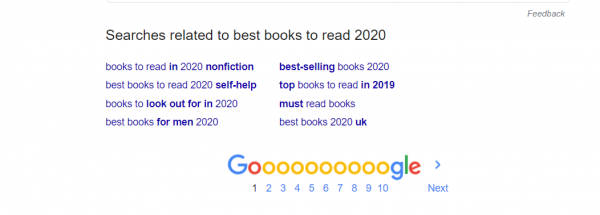
The video title may sound like an excuse to implement the awesome puns skill, but it’s a perfect starting point for being clever about video optimization. Be precise but succinct like you can for every URL on your website. To attract focus and add meaning to the video right from the title, add in modifiers such as “new” or “official.”
For eg, add the brand and add appropriate keywords, such as “Foodie Magazine New Recipe: How to Bake Delicious, Easy Bread,” or “New Recipe: Delicious Banana Bread-Foodie Magazine,” instead of “How to Bake Banana Bread.” Capitalize each term in the description.
Create a Mobile Accessible Video

Smartphones are for streaming not even to chat around YouTube videos. More than half of the YouTube videos originate from mobile devices and dedicate considerable time to the platform; internet apps (smartphones and tablets) have an estimated watching period of about 40 minutes.
According to Susan Wojcicki, YouTube’s chief executive, Web is always the highest priority for YouTube; if it is the company’s first prerogative it will always be the brand’s.
First thing, you understand what you are going to deal with. Track the traffic from your smartphone YouTube channel by clicking on the Channel icon then clicking on Creator Lab. Tap on Analytics accompanied by apps under the left-hand menu. Test your smartphone traffic and split it down by OS.
Related: Best Youtube Video Downloading Apps
Write an Appropriate Video Description
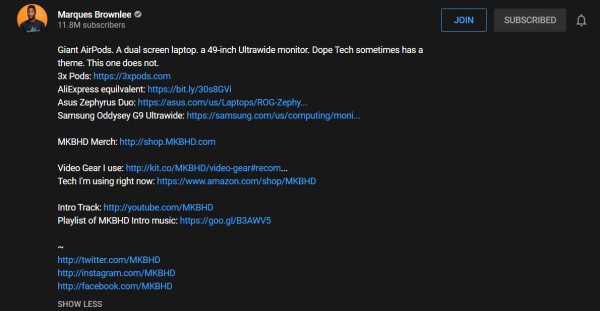
The summary box may appear to be the last thing you would like to fill in when posting a video. But don’t skip this step it is important for the potential for SEO. Offer the video at least 300 words of a summary filled with keywords and company- and industry-related sentences. And, after doing your keyword analysis, write the summary.
In addition, connect to material linked to the video that offers additional details or a place to shop with labeled, tagged URLs. Add a domain connection at the very top of the video to your web so audiences don’t have to search harder for your stuff.
You can also use the overview field to put a connection on the page that allows users to subscribe to the site, as well as a connection to a similar specific picture. This should also direct the advertised material to the audience.
Find Subtitles and Closed Captions
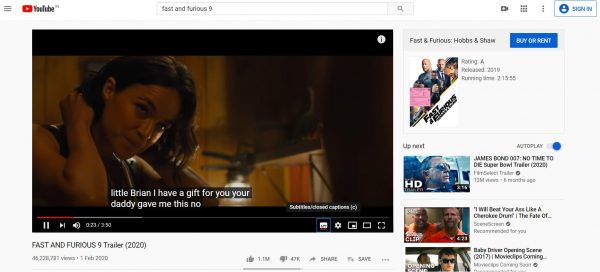
Closed captions and translations are perhaps one of youTube’s least-used SEO techniques. Yet, after YouTube performed an A / B check for one of its channel members, discovering that the views of videos for English captions rose by 4 percent.
Beyond SEO reasons, closed captioning extends the video material to a foreign audience, including those with hearing impairments or language interpreted captions.
YouTube does include the art captions with automated speech recognition software, but even dynamically created scripts will host errors.
You should use this technique, and then modify the text to maintain regulation of content. It’s easier to have no subtitles than the artificial gibberish that would label Google’s YouTube URL as “pure spam,” shooting down some SEO interest.
Add the Right Tags
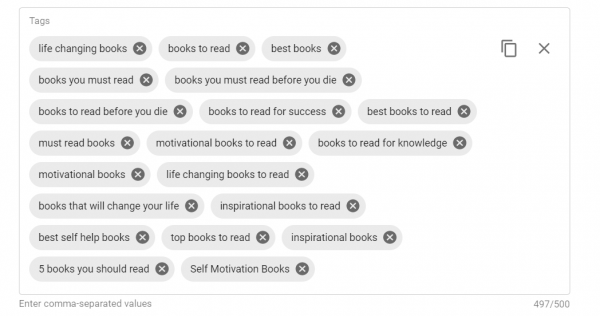
Tags are keywords, in essence. (Another way to use Rank Tracker once more.) They are given when posting or editing the video and provide insight into the video topic and content for the platform’s discovery system. Include the name and logos corresponding to your company. When you’re stuck using the auto recommendation device on YouTube.
Don’t be experimental with the tags — only use words that describe exactly what’s in the video. Start with longer sentences such as “golden retriever puppy training” and work your way down to “training classes” and “puppy training.”
Keep in mind that tags (like the definition of the video) may not need to stagnate. When new tags are common and the keyword list changes the tags, various searches grow. Use quotation marks to indicate tags with multiple words, such as “Donald Trump” or “Drake University.”
Conclusion
Viral videos easily gain attention and are posted several times via social media, attracting viewers who usually wouldn’t see the content. These are often picked up by bigger newspapers which syndicates, which tend to propagate like flames. If you’re looking for ways to increase your Youtube views and make your video viral- make sure you go through the article above.